How are wind speed and direction interrelated?
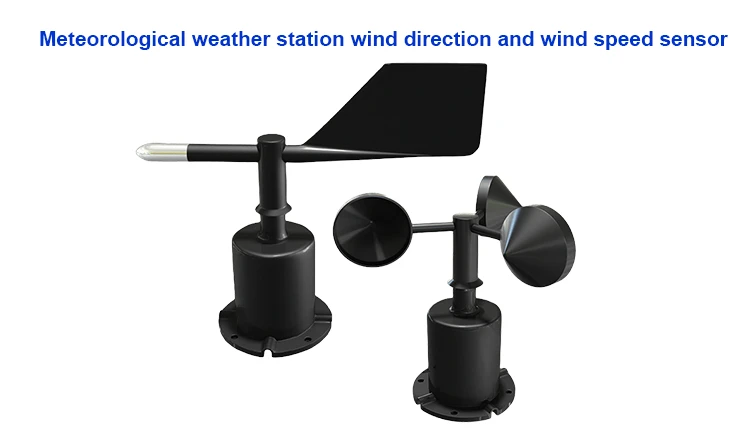
Wind speed and direction are two fundamental parameters used to characterize the movement of air within the atmosphere. While closely linked, they represent distinct aspects of wind behavior.
What distinguishes a soil moisture sensor from a water level sensor?

A soil moisture sensor is an electronic instrument that gauges the moisture content within the soil. Researchers use it to find out how much water is in the soil. This is important for farming, gardening, and checking the environment.
Weather Thermometers: Their Mechanics and Importance
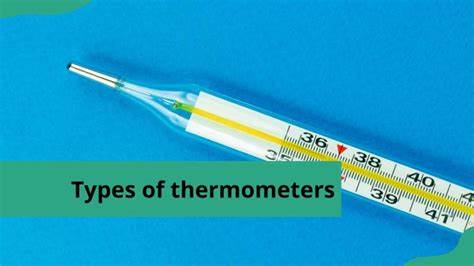
Weather thermometers are important tools in our daily lives. They give us key information about the changing temperature around us. More than just tools to check the temperature, they help us make better choices.
Disadvantages of ultrasonic sensor
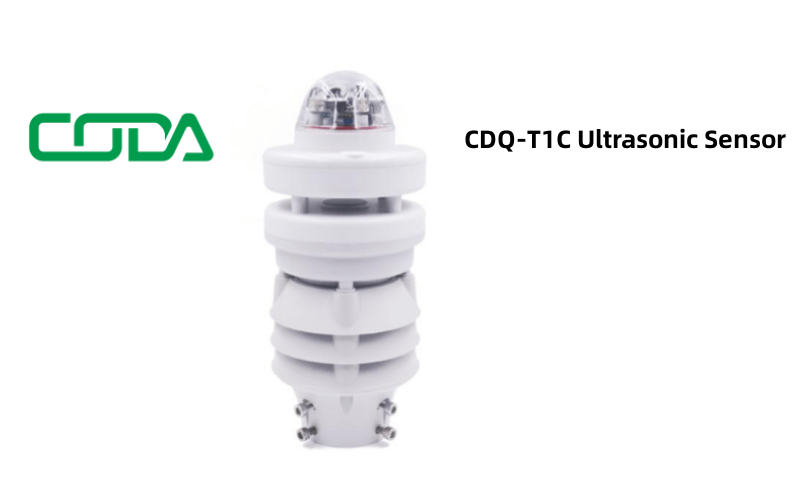
Ultrasonic sensors work by utilizing ultrasonic waves to detect the position, distance, or movement of objects. Experts widely apply them in fields such as meteorology, industry, automotive systems, and healthcare.
Types of Soil Sensors

Soil forms the foundation of terrestrial ecosystems, playing a critical role in maintaining biodiversity and regulating water, nutrients, and oxygen. It provides essential nutrients for plant growth and serves as the medium through which plants develop.
What Are the Ways to Differentiate a Smoke Alarm from a Hidden Camera

When staying in a hotel, you might notice small devices mounted on the ceiling, often with blinking red lights. For those unfamiliar with fire safety systems, it’s common to wonder: Could this be a hidden camera? As technology gets better, safety devices are becoming more common.
Understanding rainfall measurement: meaning, methods, and applications
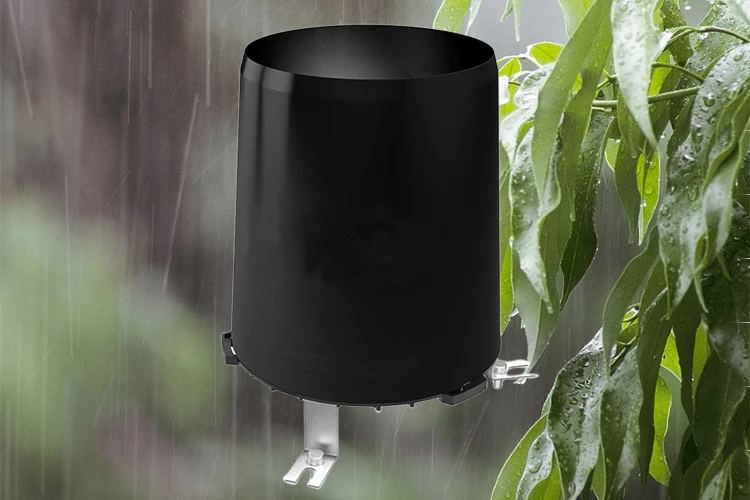
Rainfall is the total amount of liquid or melted solid that falls on the ground. This happens over a specific time, usually 12 or 24 hours. There is a way to measure how much water collects on a flat surface.
Agriculture Sensors List And Benefits
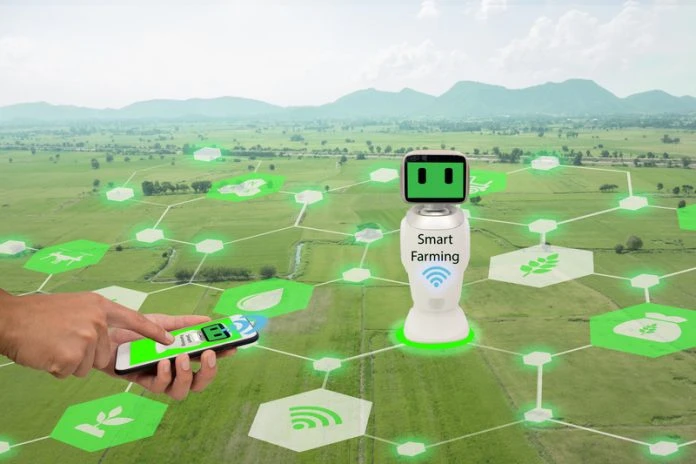
A sensor can detect data and turn it into an electrical signal or other needed information output. It follows rules to help with things like transmitting, processing, storing, displaying, recording, and controlling information. As IoT technology advances, sensors are used more widely in areas such as agriculture and industry.
Weighing Precipitation Gauge
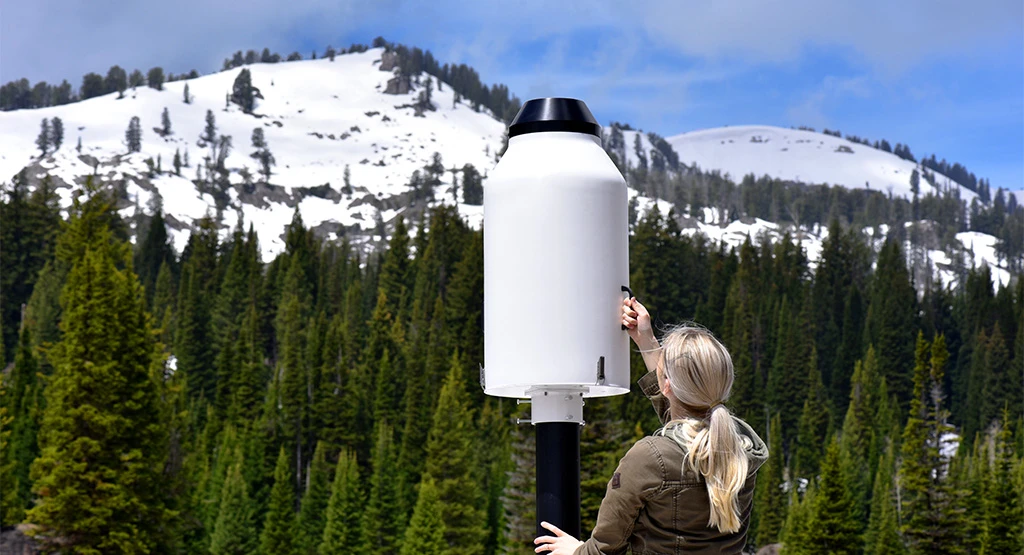
A weighing precipitation gauge is a specialized instrument used to measure rainfall or liquid precipitation over a specific period. Similar to other rain gauges, its primary purpose is to track precipitation levels. Usually, this device consists of a substantial storage container.
The Evolution and History of the Rain Gauge

Understanding rainfall is crucial because both excessive and insufficient precipitation significantly affect agriculture, livelihoods, and, at times, may even lead to natural disasters. Monitoring rainfall becomes imperative in such scenarios.
